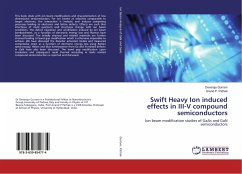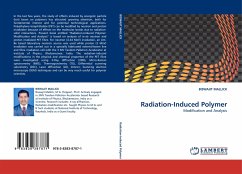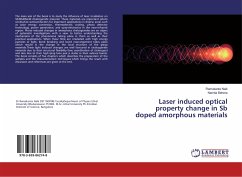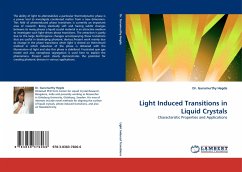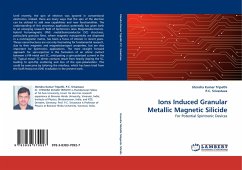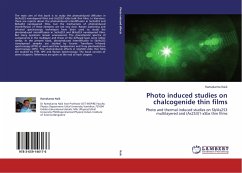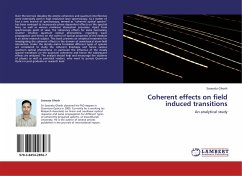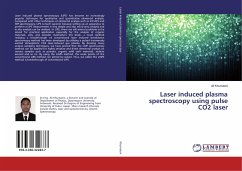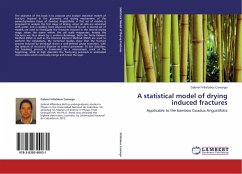
A statistical model of drying induced fractures
Applicable to the bamboo Guadua Angustifolia
Versandkostenfrei!
Versandfertig in 6-10 Tagen
39,99 €
inkl. MwSt.

PAYBACK Punkte
20 °P sammeln!
The objective of this book is to propose and analyze statistical models of fracture inspired in the geometry and drying mechanisms of the parenchymatous tissue of Guadua Angustifolia. A first set of models is proposed to analyze the first stage of drying, when all cells are saturated with water, and a capillary front advances from cell to cell. A second set of models are used to investigate the fractures induced in the second drying stage, when the water within the cell walls evaporates; hereby the fractures are thus driven by a uniform shrinkage. Both the Finite Element Method (FEM) as well a...
The objective of this book is to propose and analyze statistical models of fracture inspired in the geometry and drying mechanisms of the parenchymatous tissue of Guadua Angustifolia. A first set of models is proposed to analyze the first stage of drying, when all cells are saturated with water, and a capillary front advances from cell to cell. A second set of models are used to investigate the fractures induced in the second drying stage, when the water within the cell walls evaporates; hereby the fractures are thus driven by a uniform shrinkage. Both the Finite Element Method (FEM) as well as the Discrete Element Method (DEM) are used to perform the simulations. My numerical studies show that the fracture process induced by shrinkage shows a well-defined phase transition, with the amount of structural disorder as control parameter: At low disorders, the breaking process is dominated by a macroscopic crack at the beginning, while at high disorders the fracturing proceeds in small-sized micro-cracks which eventually merge and break the layer.





